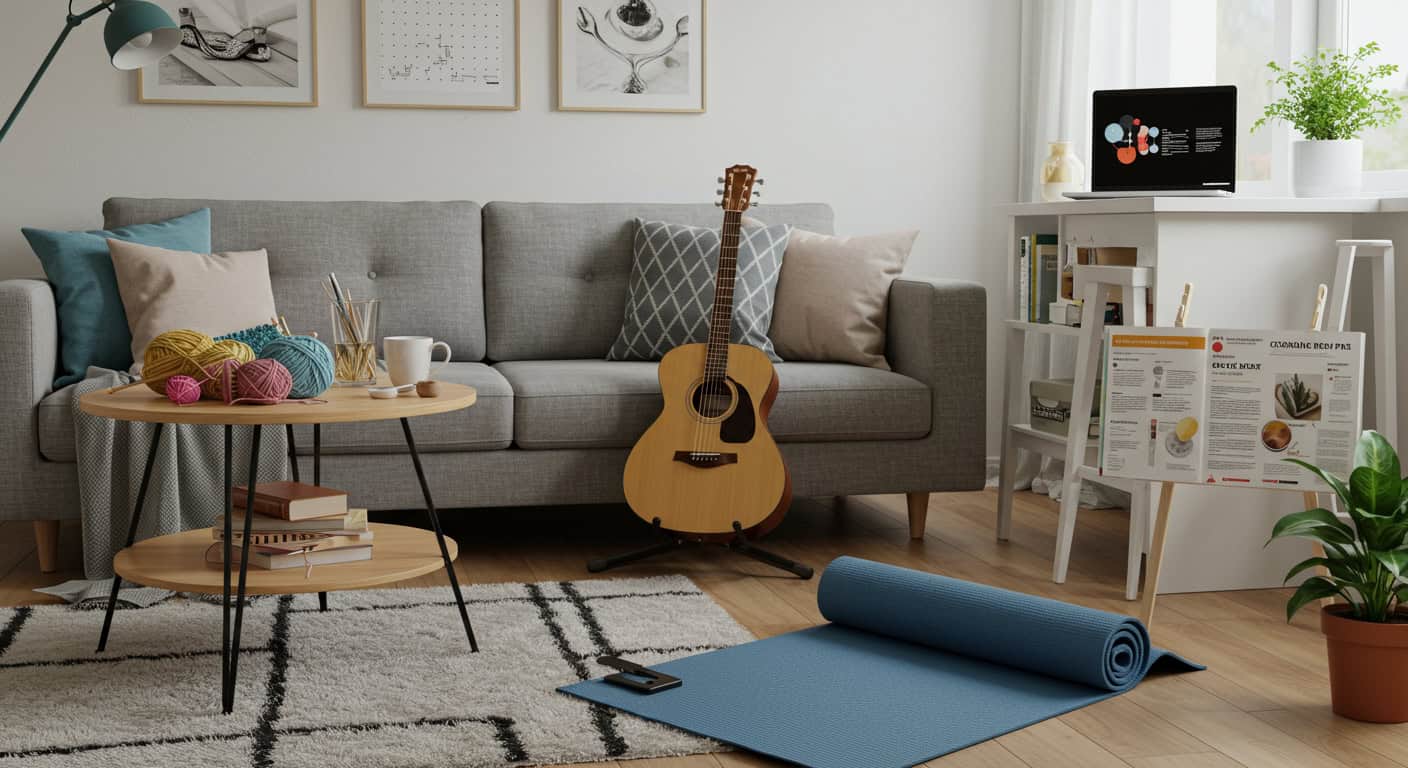Why Routine Creates Mental Stability
Modern life often brings unpredictable schedules and constant change, leaving many struggling with stress and uncertainty. Establishing structure through daily routines can provide a powerful anchor, enhancing focus, reducing anxiety, and fostering a greater sense of control.
By understanding how routines contribute to mental stability, you can harness their benefits for your own well-being. This guide will explore the science behind routines, practical steps for creating them, and offer tips for long-term success.
Identify Your Current Patterns

Begin by observing and documenting your daily habits to gain self-awareness. Tracking your existing routines helps pinpoint stress triggers and areas lacking stability. Use a journal or digital tools, such as Daylio or Journey, to log your activities, noting times of day when you feel calm or anxious.
This process reveals patterns that may otherwise go unnoticed, providing a foundation for positive change. Recognizing your current behaviors is a crucial first step toward building routines that support mental stability and well-being.
Set Clear and Achievable Goals

Establishing specific, realistic goals is essential for creating routines that last. Clear objectives provide direction, boost motivation, and reinforce consistency—critical elements for mental stability. Start by defining what you want to accomplish, such as waking up earlier or including daily mindfulness exercises.
Break larger goals into smaller, actionable steps to avoid feeling overwhelmed. For example, if you aim to exercise regularly, begin with short, manageable sessions. Setting SMART goals—specific, measurable, achievable, relevant, and time-bound—can further enhance success (Mind Tools).
Design a Personalized Routine

Crafting a daily schedule that reflects your unique needs is key to supporting mental well-being. Incorporate activities known to boost mental health, such as regular exercise, mindfulness practices, and scheduled breaks. Strive for a balance between productivity and relaxation, as both are vital for sustained stability.
Flexibility is also important—allow room for adjustments as life changes. Consider using tools like the Todoist app to organize and adapt your routine. A personalized, balanced approach ensures that your routine remains effective and supports your long-term mental stability (Harvard Health).
Implement Gradually and Consistently

Introduce new routines slowly to prevent overwhelm and increase the likelihood of lasting change. Focus on adding one habit at a time, allowing your mind and body to adjust. Consistency is crucial—repetition helps reinforce neural pathways, making behaviors automatic over time (James Clear).
Expect some challenges along the way; setbacks are normal. Overcome obstacles by setting reminders, seeking accountability, and celebrating small wins. Gradual implementation combined with persistence builds routines that foster lasting mental stability and resilience. Remember, steady progress is more sustainable than drastic, short-lived changes.
Monitor Progress and Adjust

Regularly evaluating your routine ensures it continues to support your mental stability. Track your mood, stress levels, and daily accomplishments to recognize patterns of improvement or areas needing change. Use self-reflection techniques, such as journaling or weekly check-ins, to assess what’s working and what isn’t.
Be open to feedback from trusted friends or therapists. Adjust your routine as life evolves, maintaining flexibility for optimal well-being. For more on self-monitoring and mental health, see the Psychology Today guide on self-reflection.
Conclusion

Establishing a routine delivers profound benefits for mental stability, offering structure, reducing unpredictability, and fostering a sense of control. Consistency helps anchor your mind, while small, intentional actions build resilience over time.
By taking the steps outlined, you can create a routine tailored to your unique needs and adapt it as life evolves. Remember, persistence is key—lasting change takes time and flexibility. For further motivation and practical advice on sustaining healthy habits, visit Verywell Mind’s daily routine guide. Start building your path to greater well-being today.






